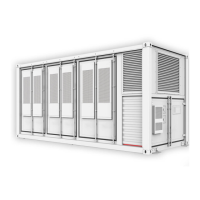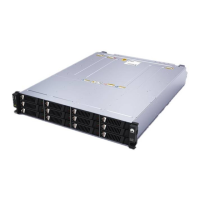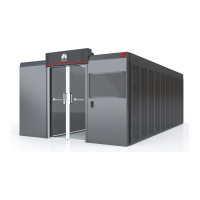● Maritime transport must comply with the
International Maritime Dangerous
Goods Code
(IMDG Code).
● Road transport must comply with the
International Carriage of Dangerous
Goods by Road
(ADR) or JT/T 617.
● Comply with the requirements of the transportation regulatory authorities in
the countries of departure, route, and destination.
● Comply with the international regulations on the transport of dangerous
goods and the requirements of the transport regulatory authorities of the
respective countries.
● Monitor the entire transportation process.
● Vehicles for road transport should meet the load bearing capacity
requirements: The weight of a single ESS is about 30 t.
● The speed limit for road transport is 80 km/h on
at roads and 60 km/h on
rough roads. In the case of any
conict, comply with local trac laws and
regulations.
● Stacking requirements at ports and during shipping: A maximum of ve ESSs
can be stacked.
During transportation, prevent the following situations:
● Falling into water
● Falling or mechanical impact
● Being upside-down or tilted
If the preceding situation occurs, refer to the emergency handling plan.
1.6 Mechanical Safety
Hoisting
● The foundation where hoisting is performed must meet the load-bearing
requirements.
● Before hoisting objects, ensure that hoisting tools are
rmly secured onto a
xed object or wall that meets the load-bearing requirements.
● Do not drag steel ropes and hoisting tools or bump the hoisted objects
against hard objects during hoisting.
● During hoisting, do not stand or walk under the crane or the hoisted objects.
● Install temporary warning signs or fences to isolate the hoisting area.
● Ensure that the angle between two hoisting ropes is no more than 90
degrees, as shown in the following
gure.
LUNA2000-2.0MWH Series Smart String ESS
User Manual 1 Safety Information
Issue 08 (2022-11-15) Copyright © Huawei Technologies Co., Ltd. 12

